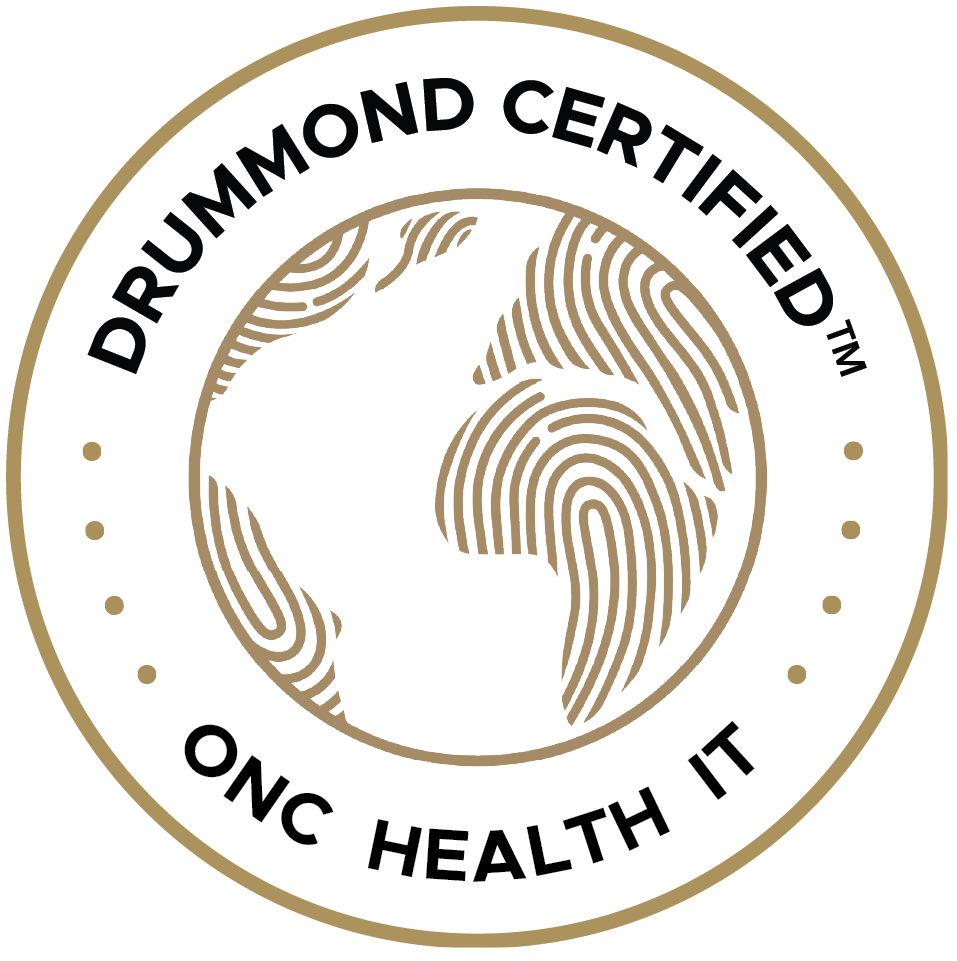gvgray
Clinicians want to know how their patients are doing in treatment and many have considered using a Routine Outcome Monitoring (ROM) system, also know as Measurement-Based Care or Feedback Informed Treatment. Clinical leaders such as Bruce Wampold argue that ROM “has come of age” and should now be standard practice.* And the health care industry and regulators promote ROM through a new CPT code, 96127, that reimburses outcome measurement and the MACRA/MIPS quality program for Medicare providers.
Yet ROM has not been widely adopted. Surveys show that only a fraction of clinicians (11% of psychologists/18% of psychiatrists) use standard measures in their practices. We think adoption is low because clinicians do not see the clinical value of ROM as great enough and/or the cost and administrative hassle is to high. So, we designed Precision Guided Care to increase the clinical value of ROM and reduce the cost/administrative burden.
Clinicians told us standardized measures were not patient-specific enough. They wanted to know how patients were doing with respect to the symptoms and goals that brought them to treatment. So we add brief daily monitoring to track those symptoms and goals. These ratings can extend therapy beyond the office visit, promote insight and behavior change (footnote on EMA research) and enhance the therapeutic alliance.** Therapists who use homework assignments wanted a better way for patients to report their activity, so we let them add custom items to the daily ratings. And prescribers can use daily ratings to monitor compliance and side effects of medication.

We reduce the cost and burden of ROM, first, by making it free for behavioral clinicians and, second, by automating it with technology. Today about 90% of Americans under 50 have a smartphone, a remarkable data collection device. A smartphone alert prompts the patient to complete assessments outside the clinical setting, so there is no interference with the office visit. All the clinician needs to do is select or create daily questions.

We will be adding new features and enhancements to this product. We selected the PHQ-9 and GAD-7 for our initial outcome measures. These are widely used by primary care and part of the MACRA/MIPs program, so they facilitate behavioral/primary care integration. Also, they are reimburseable with CPT code 96127. We will be adding additional outcomes instruments, including specialized ADHD and substance abuse measures. We welcome feedback from clinicians.
The PGC app is a module in CarePaths EHR. It is also available for free to behavioral clinicians who do not use the CarePaths EHR. You can sign up for it at www.precisionguidedcare.com.
*Wampold, B.E. Routine Outcome Monitoring: Coming of Age—With the Usual Developmental Challenges. 2015. Psychotherapy. Dec;52(4):458-62.
**Daily monitoring is supported by a theoretical model called ecological momentary analysis. See this link for a meta-analysis of ecological momentary inventions in mental health: www.jmir.org/2016/6/e152

*CPT copyright 2017 American Medical Association. All rights reserved.










